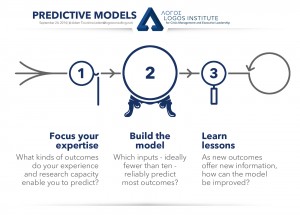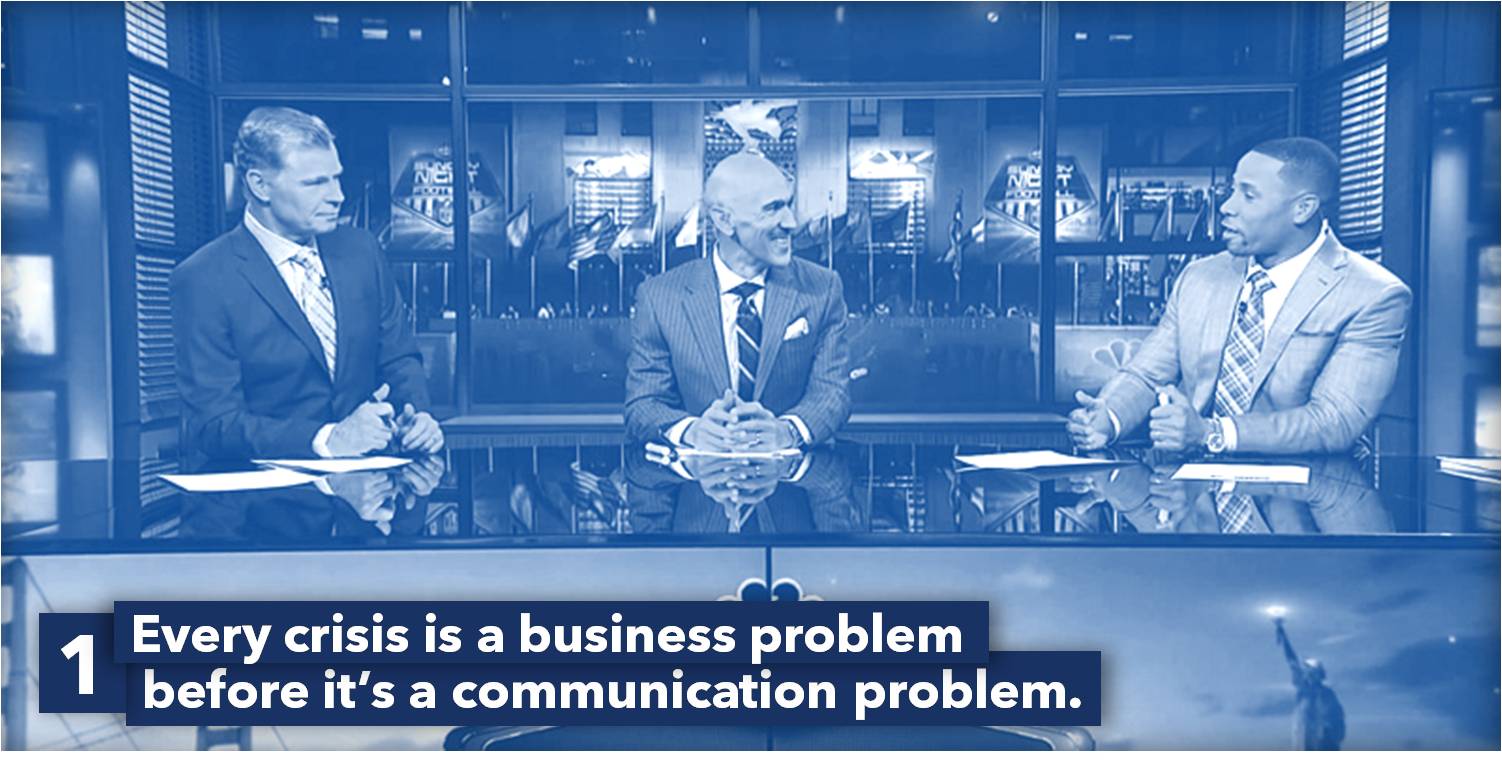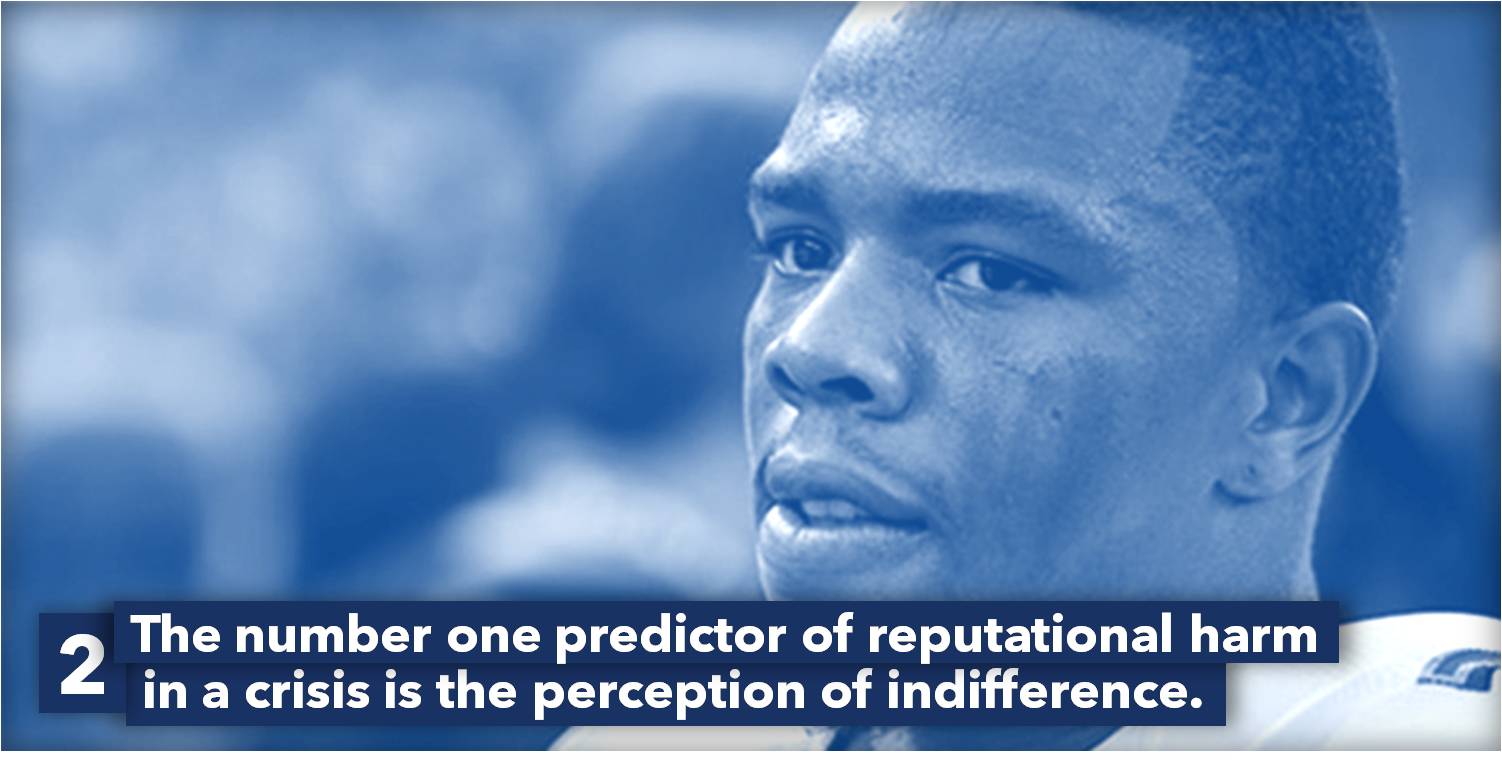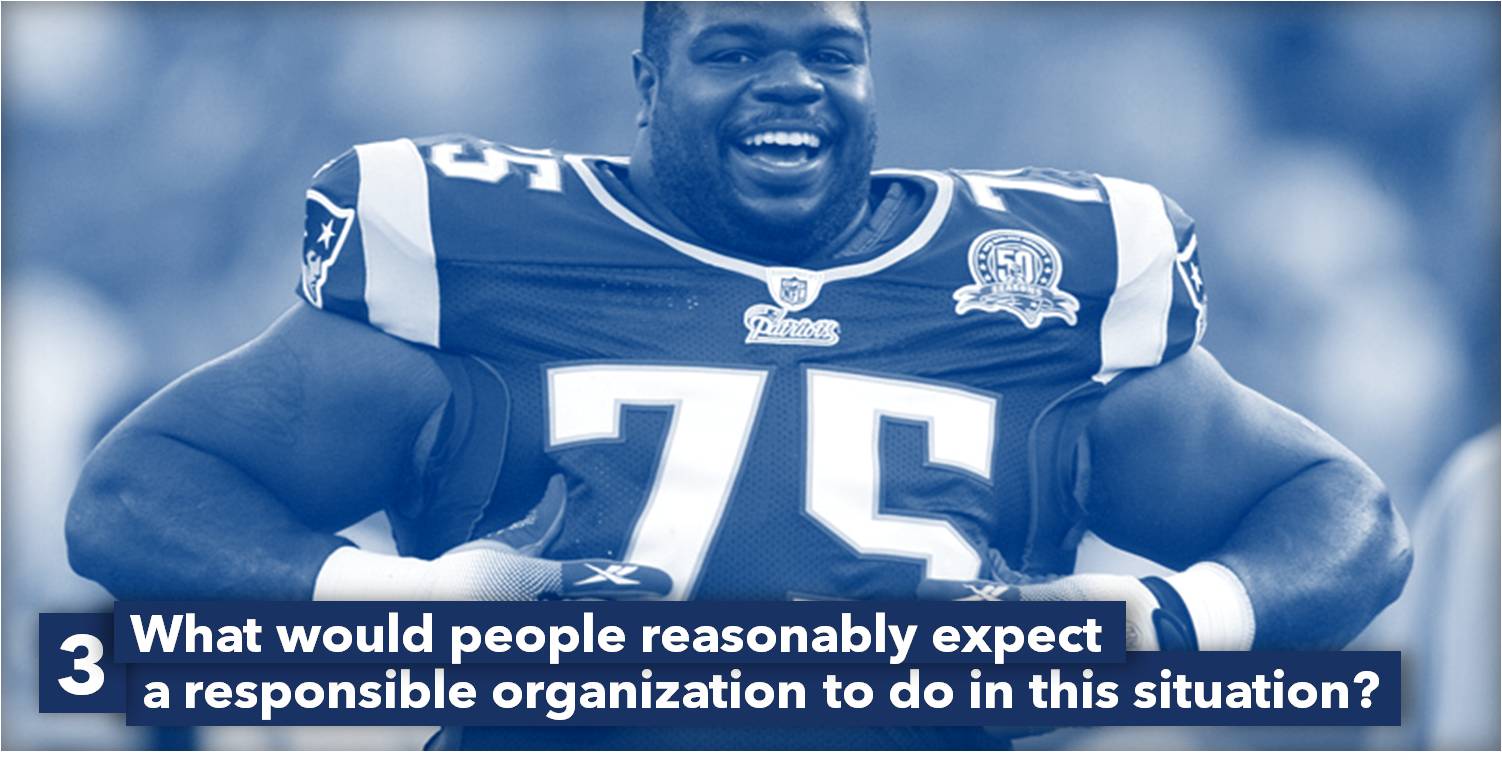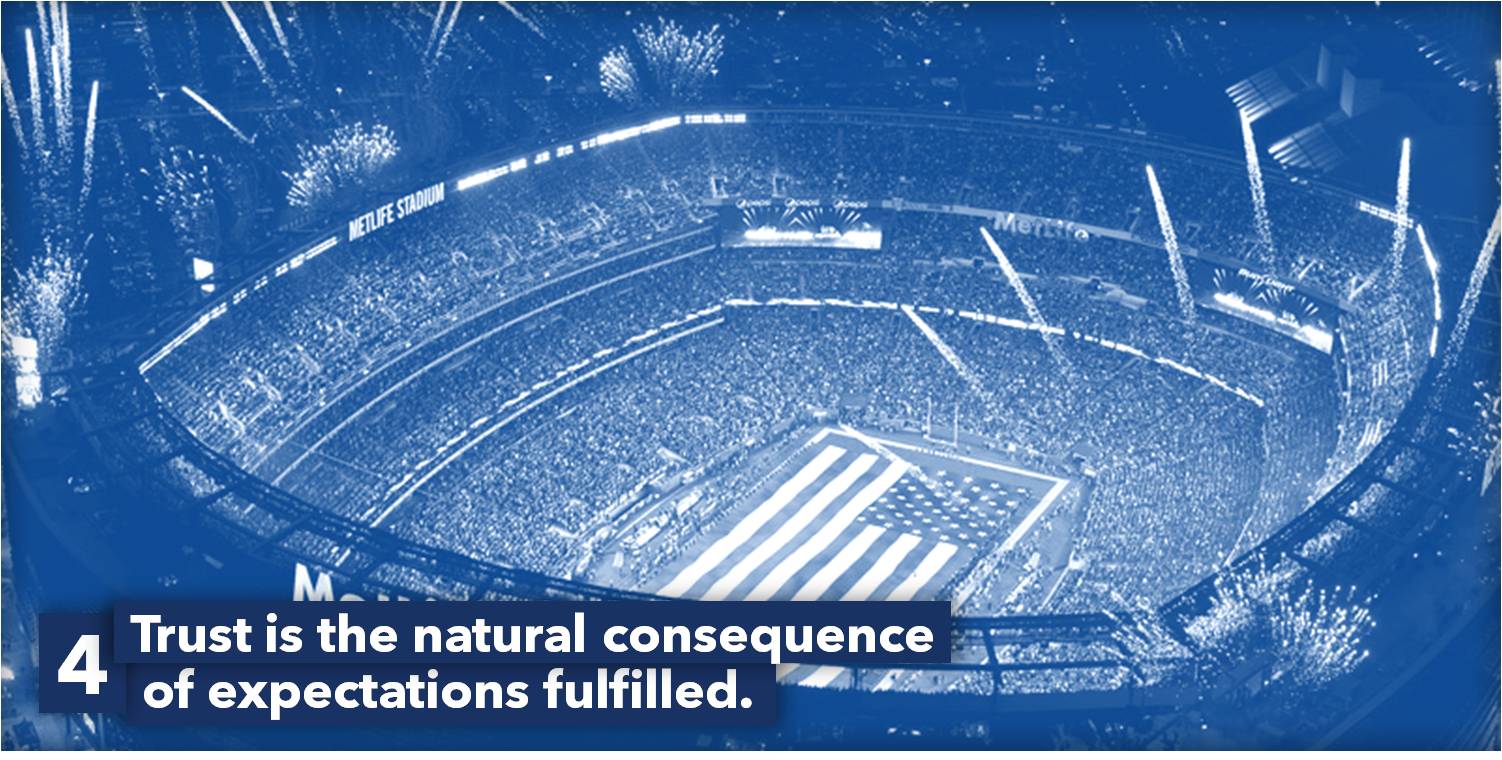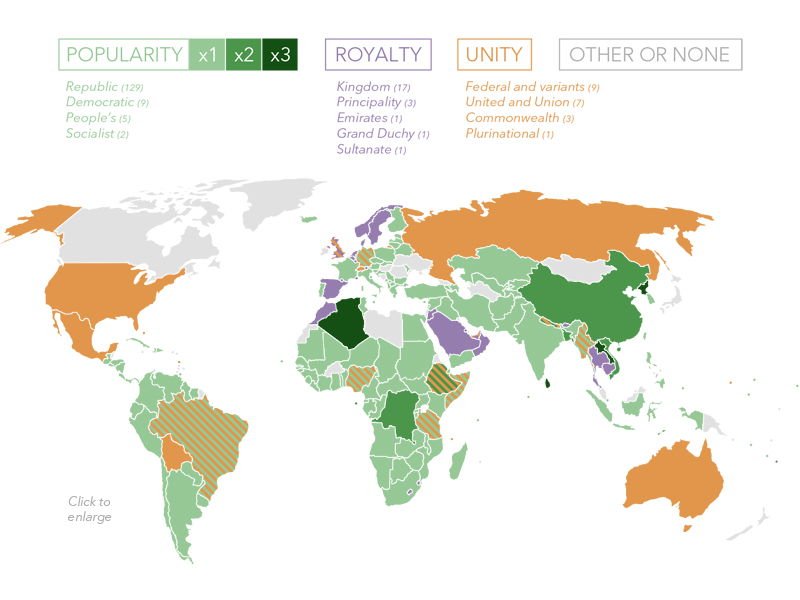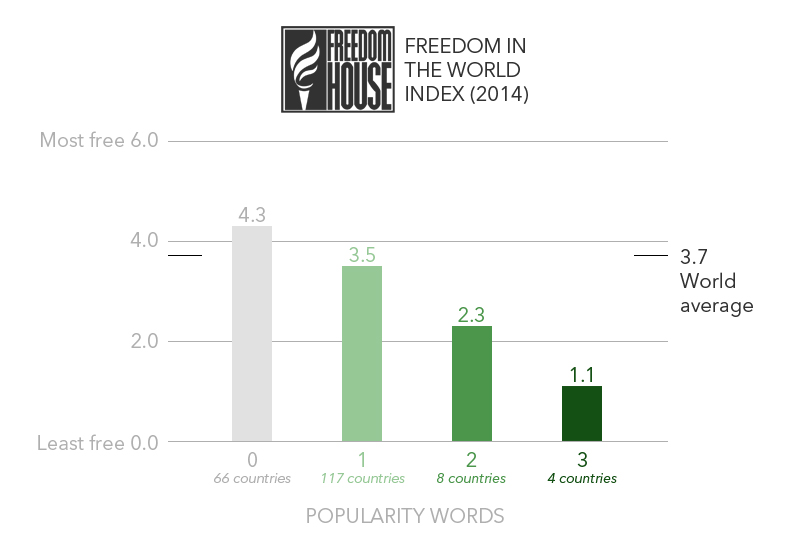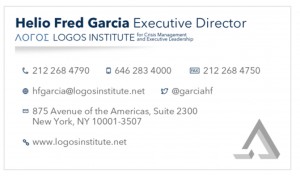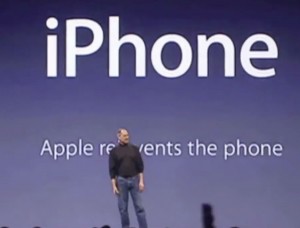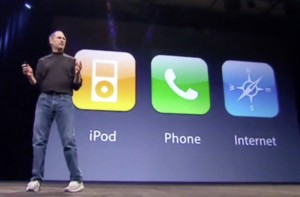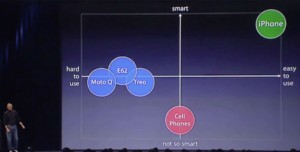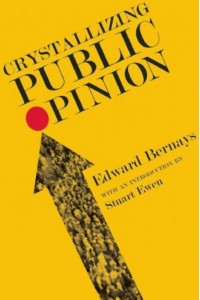| Helio Fred Garcia | Bio | Posts 5 Nov 2014 | 3:07PM |
This is my third in a series of guest blogs featuring my recently-graduated capstone (thesis) advisees in New York University’s Master’s in Public Relations and Corporate Communication.
(See my earlier posts: On Wall Street, Reputation, and Recovery: Guest Blog by Julia Sahin here; A Model Apology by Iris Wenting Xue here.)
Today I share the post with Claudia Espinel, whose thesis focused on a challenging topic: ways to reduce violence in regions with conflict caused by the extraction of oil. Her full capstone, A Discourse Analysis of Major Players in Regions with Oil Conflict: The Case of the Niger Delta, can be found here.
During the last five years, Claudia has worked for both national and international NGOs, using communication to promote social change.
—
By using the Niger Delta conflict as case study, Claudia analyzes the written documents of oil companies, the government, and the community involved in the conflict. Even though violence in this region has its roots in ethnic issues, the arrival of the oil industry enhanced the existing violence. Political, economic, environmental, and social factors have created an environment in which there is friction between the oil companies, the government, and the community. They have built a relationship characterized by lack of trust, respect, and tolerance.
Claudia argues that communication practitioners can help build sustainable peace by creating initiatives to change the dynamic of the relation of players of the Niger Delta conflict. Although it is difficult to create a common communication strategy for different cultures, regions dealing with oil conflicts share characteristics that make this capstone useful for similar conflicts across the world.
Changing Narratives in Regions Dealing with Oil Conflict
by Claudia Espinel
When the oil industry drilled the first oil well in 1958 in the Niger Delta, Nigeria became one of the strongest economies in Africa while the Niger Delta remained as one of the poorest regions in Nigeria.
Even though underdevelopment in this region is rooted in ethnic conflict since before Nigeria’s independence from England in 1960, the arrival of the oil industry worsened the already fragile situation of the Niger Delta. Since then, oil companies, host communities, and the government have built a narrative of blame, hate, accusations, and stereotypes that sustain a culture in which violence is understood as the only way to survive.
This long-standing violent conflict is a classic example of the “the oil curse”—the theory that oil wealth engenders violence and slow economic growth in countries with weak governments, under-developed oil regions, and petroleum dependent economies. Key players in oil conflicts—such as oil companies, the government, and communities—use narratives that support the use of violence as a protective tool, increasingly making it impossible for people to see others as anything different than enemies.
In order to transform oil conflicts, it is necessary to create a disruption in the dominant narrative people create to understand and frame them. Communication plans should focus on changing the relationship between the parties on each side of the conflict by promoting a narrative of respect, trust, and tolerance. In order for this to happen the following strategies should be put in place:
- Build a unified community voice: If the local community wants to have a seat at the table where decisions are made, they need to have a clear agenda and someone to lead it. Elders, community leaders, and grassroots organizations need to build a leadership structure that facilitates the process of decision-making within the community and develop skills to transform conflicts using non-violent means.
- Promote reconciliation: Rebuilding the relationship among players of oil conflicts requires an environment in which justice is possible and people have the opportunity to heal past injustices. In this way, they can focus on building a future instead of focusing on the past grievances.
- Address the root of the conflict instead of focusing on interventions to tackle the symptoms: Addressing only the symptoms of the conflict such as oil looting and militant groups has not brought peace to the Niger Delta. It has only momentarily decreased violence. As people begin to demand jobs, better healthcare systems, and prevention of environmental degradation, they also begin to feel betrayed by the government and the oil companies, which seem to bring palliative solutions, instead of action to promote the long-term survival of the local community.
- Place accountability and transparency at the heart of every communication: Ensure congruence between discourse and actions. In order to build constructive relationships in which cooperation is possible, it is necessary to promote trust among oil companies, the government, and the local community. It requires fighting against corruption and a strict policy of accountability and transparency in every project that operates in the region. For instance, oil spills may happen, however, if the community knows what the oil companies are doing to prevent them and mitigate the subsequent impact of them, communities will be more likely to engage in campaigns to stop oil theft and inform the authorities about oil spill.
- Establish a mechanism to promote two-way communication with host communities: The government and the oil companies need to be aware of local traditions, use communication channels that are familiar to the host community, work with community leaders, and respect traditional political structures. Communities need to be informed in a timely manner to any major development and must have the opportunity to present their opinions.
- Build partnerships: Blaming and emphasizing the other party’s responsibilities does not help to reduce violence. Nor does prioritizing the relationship between oil companies, the government, and elites while disregarding the importance of building partnership with the local community. Rather, it is vital to create projects and promote dialogue in which those involved in the conflict cooperate towards a common goal.
These recommendations are aimed at achieving peaceful relations in regions facing oil conflict.
However, there is more that needs to be done to promote a narrative of non-violence in countries dealing with this issue. Please share your thoughts on how to use communication to build a culture of peace in those places where oil or other natural resources have become a source of violence.
—
Claudia’s continues to investigate and develop communication strategies that build peace, and to create initiatives to motivate people to use non-violent means of transforming conflicts.
You can follow Claudia on Twitter at @claudiaespinel. You can reach her directly at [email protected].
—
In future posts I’ll share the work of other recent NYU MS in Public Relations and Corporate Communication graduates. Stay tuned…
You can subscribe to receive Logos’ blog posts automatically by registering here.




